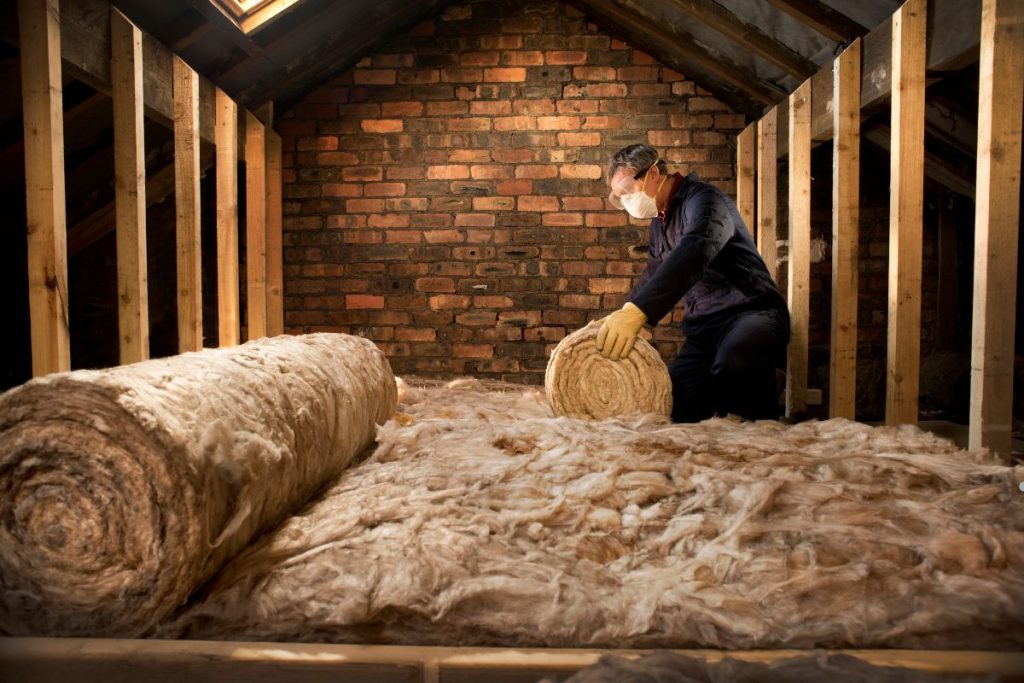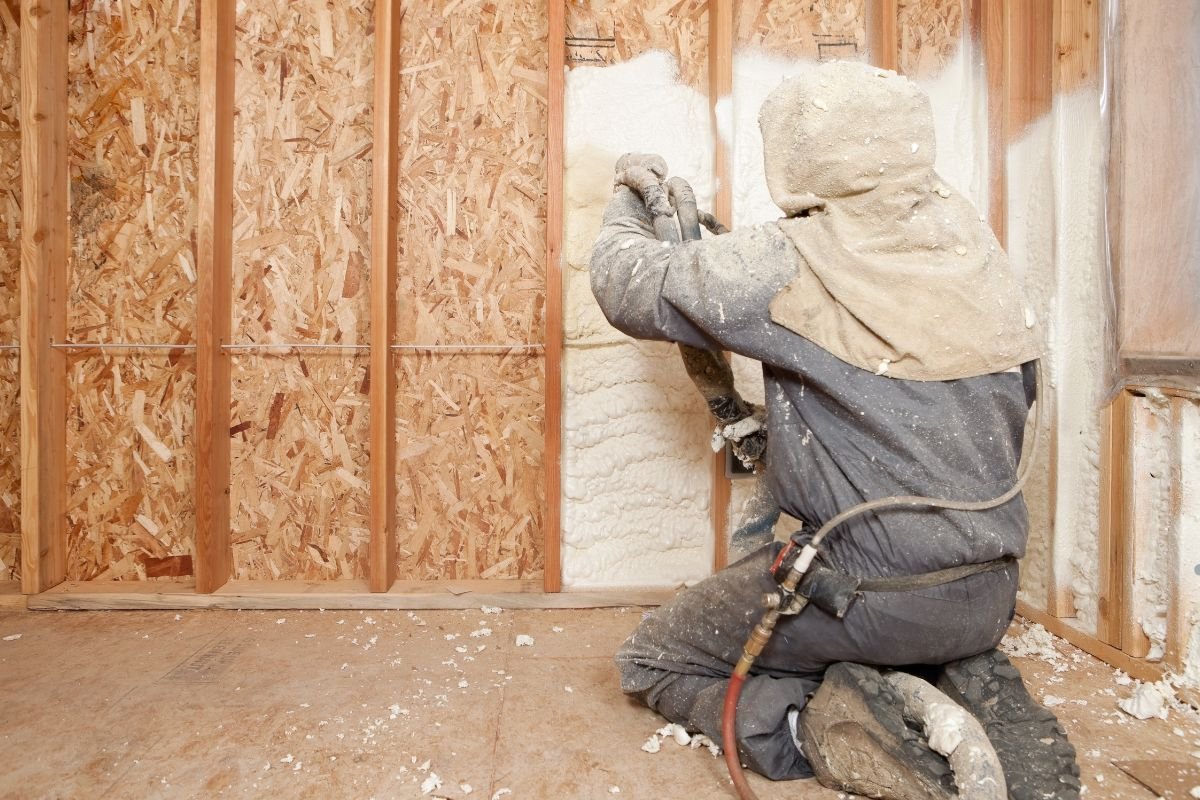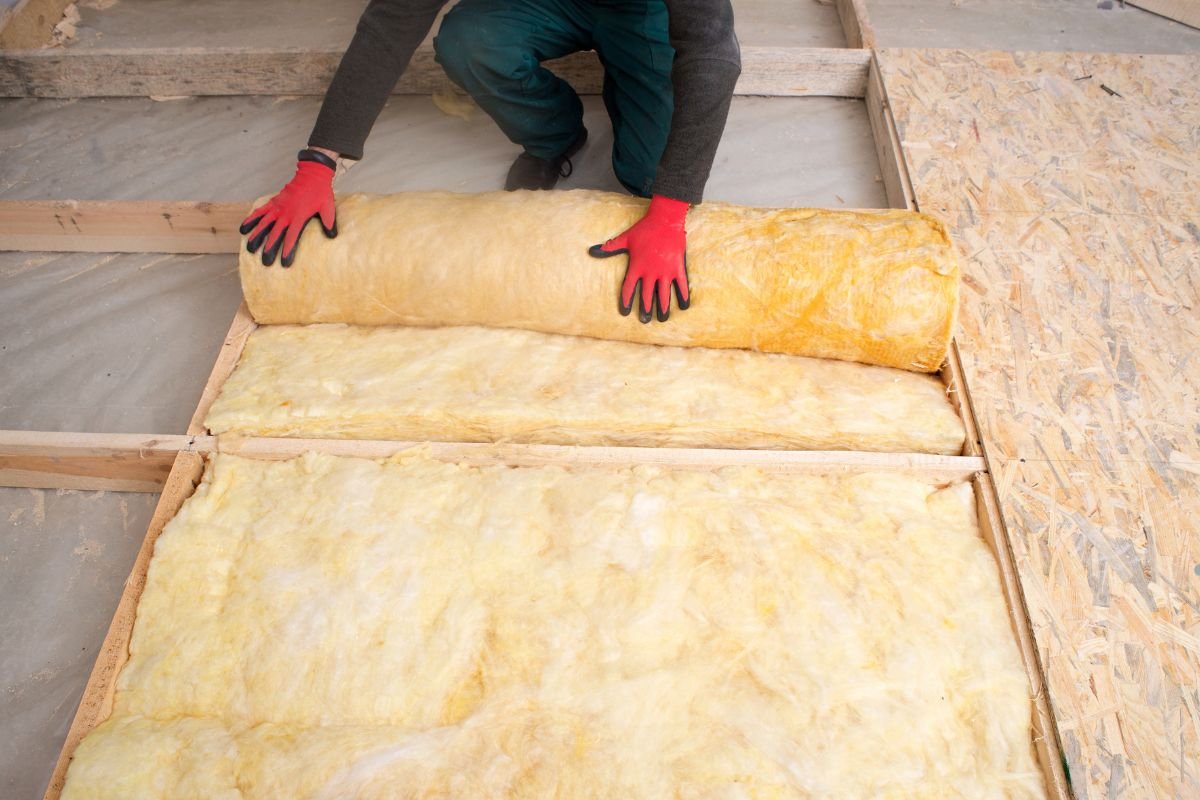
The best materials for high insulation resistance are typically polymers (plastics like Teflon and epoxy), ceramics (such as porcelain and alumina), glass, and mica. These materials exhibit a very low ability to conduct electricity, making them ideal for preventing current leakage and ensuring electrical safety. Choosing the correct material is essential for optimal performance and longevity of electrical systems. Let’s explore why insulation resistance is important and delve into the specifics of these top materials.
Why Insulation Resistance Matters
Insulation resistance is critically important for several reasons: electrical safety, efficiency, and equipment longevity. In electrical systems, insulation acts as a barrier to prevent current from flowing where it shouldn’t. High insulation resistance ensures that current stays within its intended path, reducing the risk of electric shock, short circuits, and equipment damage. Poor insulation can lead to wasted energy and costly repairs. Maintaining proper insulation is not just a safety precaution; it’s also an investment in the reliability and longevity of your electrical systems. Ensuring you have the right insulation from the get-go is important.
Understanding Insulation Resistance
What is Insulation Resistance?
Insulation resistance is a measure of how well a material prevents the flow of electrical current. It’s measured in Ohms (Ω), typically megaohms (MΩ) or gigaohms (GΩ), and represents the opposition to current flow through an insulating material. A high insulation resistance indicates that the material is an excellent insulator, preventing current leakage. Factors like temperature, humidity, and the presence of contaminants can significantly affect insulation resistance. It’s crucial to use a megohmmeter (also known as a megger) to accurately measure this resistance.
Explore Our Services to find the best insulation solutions for your needs!
Key Properties of High Insulation Resistance Materials
Several key properties contribute to a material’s ability to provide high insulation resistance:
- Dielectric Strength: This is the maximum electric field that a material can withstand before it breaks down and becomes conductive. A high dielectric strength is essential for preventing electrical arcing and breakdowns.
- Electrical Conductivity: Low electrical conductivity is a must. Insulators should have very few free electrons, making it difficult for current to flow through them. High resistivity is an attribute needed.
- Resistance to Degradation: The material must be able to withstand environmental factors like heat, moisture, chemicals, and UV radiation without significant degradation in its insulation properties. This means the insulator should have thermal stability.
Protect your electrical systems with our expert insulation services! We use high-quality materials for maximum safety and durability. Call us now for reliable solutions and professional assistance!
Top Materials for High Insulation Resistance

Polymers (Plastics)
Polymers are widely used as insulators due to their excellent electrical properties, ease of processing, and cost-effectiveness.
- Thermoplastics:
- PVC (Polyvinyl Chloride): Commonly used for wire and cable insulation due to its flexibility, durability, and flame resistance. You can find PVC insulation for a variety of applications.
- Polyethylene (PE): Offers good electrical properties and moisture resistance. Often used in low-voltage applications.
- Teflon (PTFE): Known for its exceptional high-temperature resistance and chemical inertness. Ideal for harsh environments.
- Thermosets:
- Epoxy: Provides excellent adhesion, chemical resistance, and electrical insulation. Widely used in electronic components and coatings.
- Phenolic Resins: Offers good thermal stability and electrical properties. Used in switches, circuit boards, and other electrical parts.
Ceramics
Ceramics are inorganic, non-metallic materials that offer excellent high-temperature resistance and electrical insulation.
- Porcelain: A traditional insulator used in high-voltage applications, such as power line insulators.
- Steatite: Offers good electrical properties and mechanical strength. Used in electrical components and insulators.
- Alumina (Aluminum Oxide): Provides excellent electrical insulation, thermal conductivity, and chemical resistance. Used in high-frequency applications and electronic substrates.
Learn more about Crawl Space Insulation for improved energy efficiency and protection!
Glass
Glass is another effective insulating material, offering good electrical properties and transparency.
- Silica Glass: Commonly used in electrical insulators and high-voltage applications due to its high dielectric strength.
- Borosilicate Glass: Offers good thermal shock resistance and electrical insulation. Used in laboratory equipment and high-temperature applications.
Mica
Mica is a naturally occurring mineral with a unique layered structure, providing excellent electrical insulation, thermal stability, and chemical resistance. Mica insulation is used in high-temperature applications, such as heating elements, capacitors, and high-voltage equipment.
Applications of High Insulation Resistance Materials
Electrical Wiring and Cables
High insulation resistance materials are essential for insulating wires and cables, preventing short circuits and ensuring safety. PVC, polyethylene, and Teflon are commonly used for wire and cable insulation. Proper wire coating is a must when dealing with electricity.
Electronic Components
Insulators play a critical role in preventing current leakage and ensuring the proper functioning of electronic components, such as capacitors, transistors, and printed circuit boards (PCBs).
Wondering what material has high insulation resistance? We provide expert guidance and top-quality insulation solutions to ensure safety and efficiency. Call us now to get the best recommendations and services for your needs!
High-Voltage Equipment
High insulation resistance materials are crucial in transformers, circuit breakers, and other high-voltage equipment to prevent electrical breakdowns and ensure reliable operation of the power grid. The safety and reliability of your high-voltage equipment depends on the insulation it has.
Choosing the Right Material
Factors to Consider
Selecting the appropriate insulation material depends on several factors:
- Voltage Requirements: The material must be able to withstand the operating voltage without breaking down.
- Temperature Range: The material must maintain its insulation properties within the operating temperature range.
- Environmental Conditions: The material must be resistant to moisture, chemicals, UV radiation, and other environmental factors.
- Mechanical Stress: The material must be able to withstand mechanical stresses, such as vibration, abrasion, and impact.

Maintenance and Testing
Insulation Resistance Testing
Regular insulation resistance testing is essential for ensuring the safety and reliability of electrical systems. A megohmmeter is used to measure insulation resistance, and the results should be compared to industry standards. Predictive maintenance is a great way to prolong the life of your electrical systems.
Conclusion
High insulation resistance is crucial for electrical safety, efficiency, and equipment longevity. Materials like polymers, ceramics, glass, and mica offer excellent insulation properties and are used in a wide range of applications. Selecting the right material and performing regular maintenance and testing are essential for ensuring the reliable operation of electrical systems.
FAQs
What is a good insulation resistance value?
A good insulation resistance value depends on the application and voltage level. Generally, a value of 1 megaohm or higher is considered acceptable for low-voltage systems.
How does temperature affect insulation resistance?
Insulation resistance typically decreases as temperature increases. High temperatures can cause the insulation material to degrade and become more conductive.
Can humidity affect insulation resistance?
Yes, humidity can significantly reduce insulation resistance. Moisture can penetrate the insulation material and provide a path for current leakage.
What happens if insulation resistance is too low?
If insulation resistance is too low, it can lead to current leakage, energy loss, equipment damage, and an increased risk of electric shock.
Which materials are best for high-voltage applications?
Ceramics like porcelain and alumina, as well as mica, are often used in high-voltage applications due to their high dielectric strength and thermal stability.
How often should I test insulation resistance?
The frequency of insulation resistance testing depends on the application and operating conditions. Generally, annual testing is recommended for critical equipment and systems.
Ensure maximum electrical safety with our expert insulation services! We use top-quality materials for high insulation resistance. Contact us today for reliable solutions and long-lasting performance.
